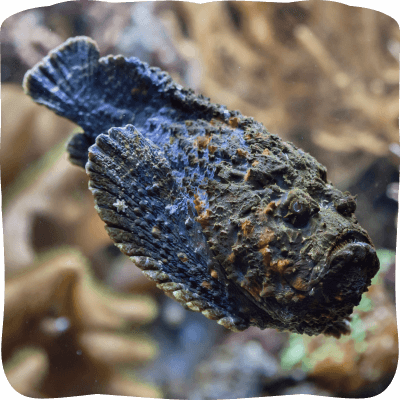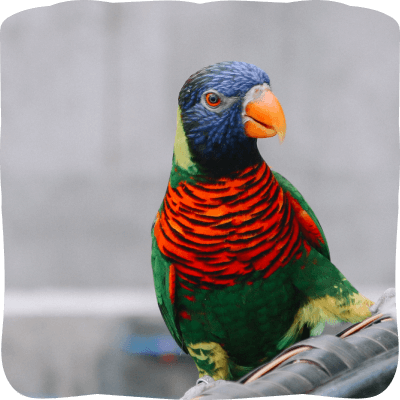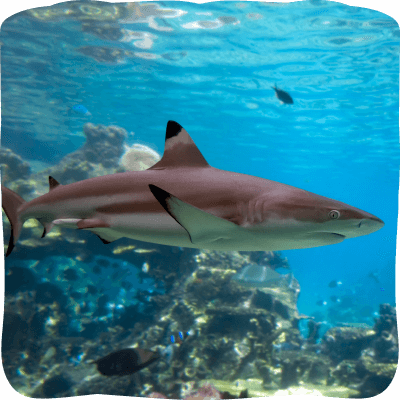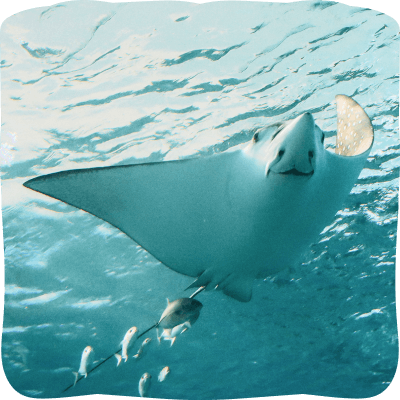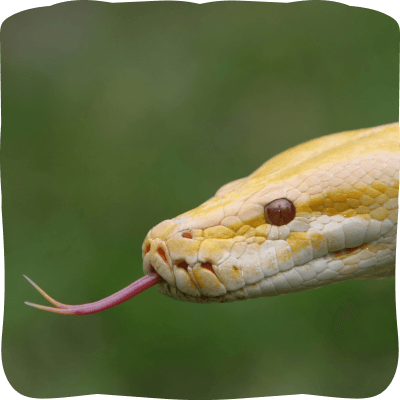The giant grouper has a robust body, the dorsal profile of the head and the intraorbital area are convex.There are 11 spines and 14-16 soft rays in the dorsal fin while the anal fin has 3 spines and 8 soft rays.The caudal fin is slightly rounded. There are 54 to 62 scales in its lateral line. The adults are greyish-brown in colour overlain with a mottled pattern and with darker fins.
Meet the Animals
Giant Grouper
Quick Facts
Giant Grouper
Epinephelus lanceolatus
- How Big?
It can grow to huge size with the maximum recorded standard length being 270 cm (110 in), although they are more common around 180 cm (71 in).
- Life Span
14 years
- Weight
400 Kg (880 pounds)
- Eats
It feeds on a variety of fishes, as well as small sharks, juvenile sea turtles, crustaceans and molluscs which are all swallowed whole.
Overview
Giant Grouper
Where
The giant grouper has a wide Indo-Pacific distribution, it is the most widely distributed species of grouper in the world. It occurs from the Red Sea and the eastern coasts of Africa as far south as Algoa Bay in South Africa and across the Indian Ocean into the Western Pacific Ocean as far east as the Pitcairn Islands and Hawaii.
Growth
The giant grouper can grow to huge size with the maximum recorded standard length being 270 centimetres (110 in), although they are more common around 180 centimetres (71 in). and a maximum published weight of 400 kilograms (880 lb). The giant grouper has a robust body which has a standard length equivalent to 2.4 to 3.4 times its depth.
Off Spring
The Giant Groupers spawn on a lunar cycle, with spawns lasting about 7 days. They are aggregative broadcast spawners, usually with several females per male. Studies in captive populations suggest that the dominant male and female begin the spawning event as nearly the only spawners for the first day or two, but other members of the aggregation fertilize more eggs as the event progresses, with even the most recently turned males fathering offspring. Giant groupers are diandric protogynous hermaphrodites, meaning that although some males develop from reproductively functional females other males start to produce sperm without ever having gone through a phase as a reproductive female.
Behaviour
The giant grouper is a species of shallow water and can be found at depths of 1 to 100 metres (3.3 to 328.1 ft). It is associated with reefs and is the largest known bony fish found on reefs. Large specimens have been caught from shore and in harbours. They are found in caves and in wrecks while the secretive juveniles occur in reefs and are infrequently observed. The adults are mainly solitary and hold territories on the outer reef and in lagoons.
Feeds on
The giant grouper is an opportunistic ambush predator which feeds on a variety of fishes, as well as small sharks, juvenile sea turtles, crustaceans and molluscs which are all swallowed whole. Fish which inhabit coral reefs and rocky areas favour spiny lobsters as prey and a 177 centimetres (70 in). Fish living in estuarine environments in South Africa were found to be feeding almost exclusively on crab.
You may also like
Previous
Next

